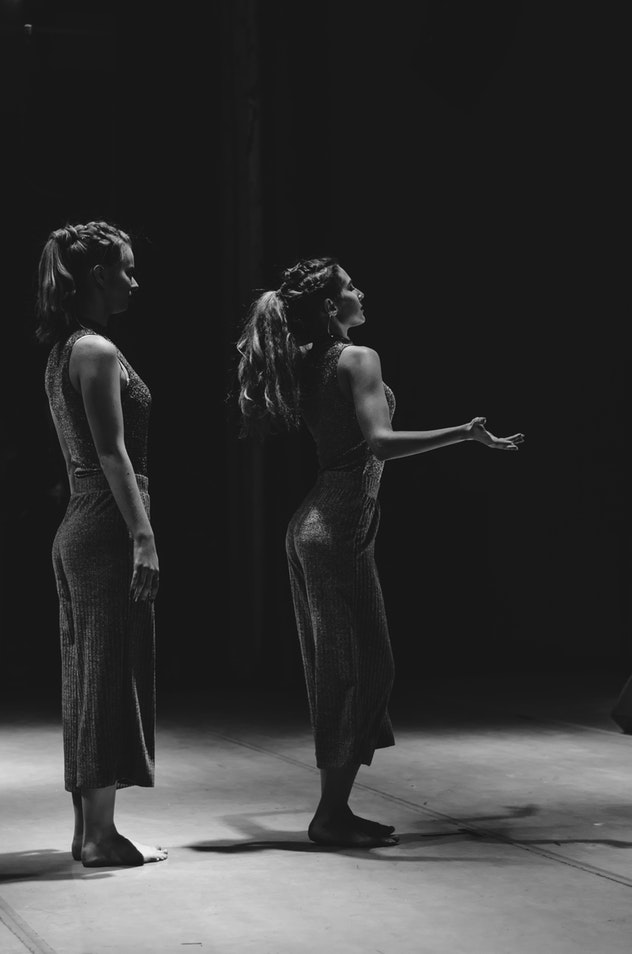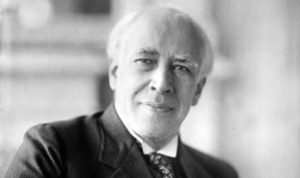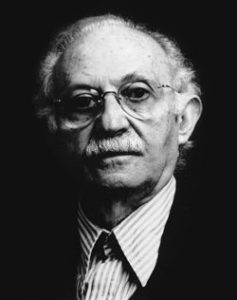5 Basic Facts About Method Acting
Method Acting refers to a collection of training techniques meant to aid actors in the understanding and building of their characters
(by Jim Webb)

(Photo by Vadim Fomenok on Unsplash)
Method acting is one of the most popular set of acting techniques practiced by professional actors. It is associated with legendary actors like Marlon Brando and Daniel Day-Lewis.
Yet Method Acting remains one of the most confusing and controversial techniques an actor can study.
Here are 5 basic facts about traditional Method Acting:
#1: What is Method Acting?
Method acting refers to a collection of training techniques meant to aid actors in the understanding and building of their characters. It pushes actors to improve their skills of relaxation and concentration.
And method acting encourages actors to draw from their own personal feelings and emotions; reproducing those feelings and emotions in the characters they portray to consistently give the most truthful performance possible.
#2: It all began with Stanislavski

(Konstantin Stanislavski)
The roots of Method Acting can be traced back to the father of most modern acting techniques and practices, Konstantin Stanislavski. Stanislavski, the Russian actor, theater director and drama theorist, developed his famous “system” of acting in the early 20th century, as he trained actors in his world-renown Moscow Art Theater (MAT). The system, also known as the Stanislavski System, sought to guide actors through the various steps they can take in order to deliver more emotionally sincere performances.
Stanislavski described his system as the “art of experiencing”. He contrasted it with the “art of representation”, the popular dramatic philosophy at the time, in which the actor gives a superficial, mechanical performance that is pre-prepared, rather than experiencing the character’s emotions “anew”, with each performance.
#3: Lee Strasberg used the “System” to build his “Method”
Konstantin Stanislavski influenced many acting students and teachers in the United States, most notably, Lee Strasberg, Stella Adler, Harold Clurman, Cheryl Crawford and Sanford Meisner. They would go on to become influential acting teachers and performers in their own right, after they began training actors at the Group Theatre in New York.
“It [Method Acting] made me a real actor. The idea is you learn to use everything that happened in your life and you learn to use it in creating the character you’re working on. You learn how to dig into your unconscious and make use of every experience you’ve ever had.”
(Marlon Brando)
Lee Strasberg arguably made the biggest impact. Strasberg built on the work of Stanislavski’s “system”, developing his own “Method”. Method acting, as taught by Lee Strasberg, emphasized Stanislavski’s earlier work, particularly, the concept of actors drawing from the emotions of their life experiences and infusing those emotions into similar situations faced by their characters. The actor, in essence, takes a fictional situation and injects their own dose of reality, to make it appear real.
#4: Affective Memory is the essence of Method Acting
Method acting is not one just one technique. Rather it describes a collection of techniques. Those include things like:
• Relaxation
• Imagination
• Concentration
• Given Circumstances
• Sense memory
• Affective memory

(Lee Strasberg)
Of all the techniques associated with Method Acting, Affective Memory, or Emotion Memory, is the most significant, and the most controversial. While Lee Strasberg used Affective Memory as the foundation of his teachings, others, including Konstantin Stanislavski, himself, mostly rejected the technique.
Stanislavski came to believe that Affective Memory was not as effective at drawing truthful emotion as physical action was. What’s more, he found that it induced a kind of hysteria in actors, as they dove deep into long-buried emotions from their personal lives.
“Drawing on the emotions I experienced — for example, when my mother died — to create a role is sick and schizophrenic. If that is acting, I don’t want to do it.“
(Stella Adler)
Others, such as Stella Adler, came to oppose the technique. Adler, who worked alongside Strasberg at the Group Theatre, lost faith in the technique because she believed it limited the actor’s imagination to their own memories. This led to clashes between her and Strasberg. Adler abandoned the technique for good when she visited Stanislavski in France and learned that he had already ditched the technique and only suggested actors use it as a last resort, when nothing else seemed to work.
#5: Common Misconceptions
One common misconception that some actors have about Method Acting is that the technique encourages actors to remain in character at all times, both onstage and offstage. The actor, essentially, lives their real lives as if they were the character, interacting with real people and visiting real places, all while remaining in character.
However, this is a misconception. The technique of remaining in character at all times was, in fact, rejected by Lee Strasberg.
“It’s not part of the method approach”, Lee Strasberg said, bluntly.
The technique was actually an early technique of Konstantin Stanislavski, though he later abandoned it due to the fact that it produced only limited or mixed results.
You Might Also Like:
5 Basic Facts About Lee Strasberg



